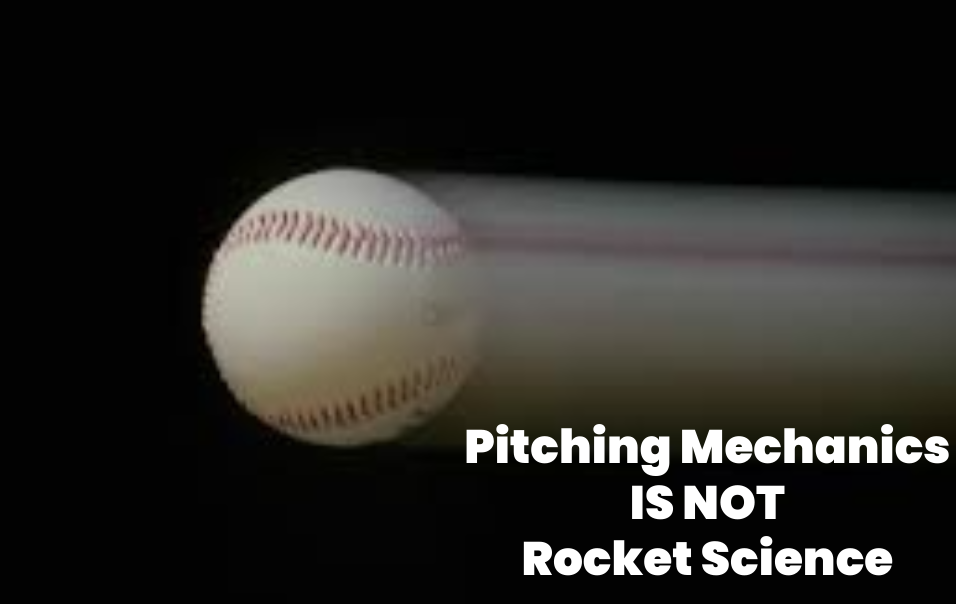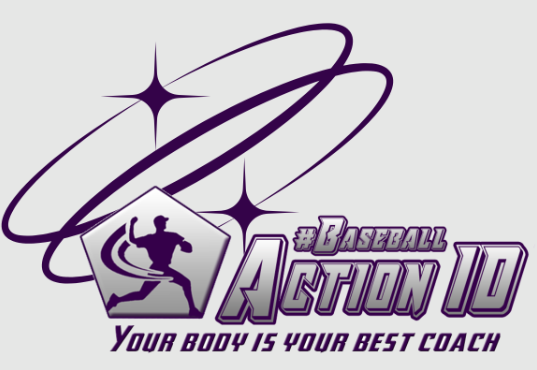Are throwing-related injuries in baseball a concern for you?
Despite the availability of advanced technology and tools, these injuries have surged since 2000, and the reason behind this trend is not difficult to comprehend.
Athletes have deeply ingrained individual motor preferences that are an integral part of their unconscious system and cannot be measured by software. This makes it impossible to escape from the limitations of natural motor preferences and achieve optimal results. Techniques, therefore, have to be individualized and built from the inside out.

Attempts to enhance or correct players’ mechanics or movement patterns that deviate from their natural motor preferences in an attempt to ‘improve’ or ‘fix’, often result in failure. The use of mathematical analysis or computer software to achieve perfection is a big misunderstanding. Even with million-dollar biomechanical labs, high-tech equipment, and the highest tech degrees, we still struggle to get it right.
Recently, I read an article discussing how to identify delivery issues with pitchers. However, this process is no more or less linked to individual motor preferences. Without knowledge of each pitcher’s individual motor preferences, accurately identifying these ‘flaws’ is impossible. It requires a nuanced approach that takes into account each pitcher’s unique abilities and natural motor preferences. It is crucial to remember that the intricacies of individual motor patterns cannot be accurately measured by software or other tools. And it is an even greater shortcoming to generalize the data and information obtained because the only data that can and should be used for comparison is the individual’s own data.
As a coach or player, it is crucial to understand the significance of individualized motor preferences and the limitations of depending solely on technology to enhance performance. By embracing the distinctive abilities and motor preferences of each player, we can assist them in moving more efficiently, conserving energy, reducing the risk of throwing-related injuries, and improving their overall performance on the field.
